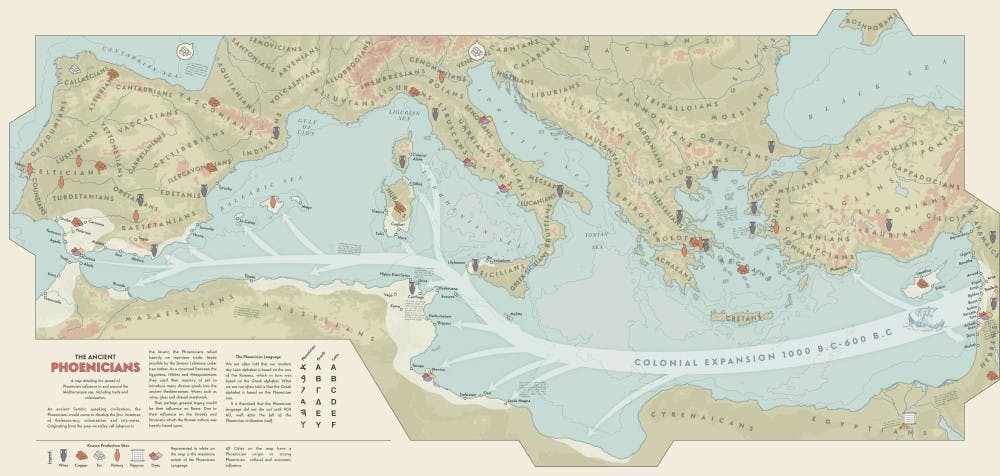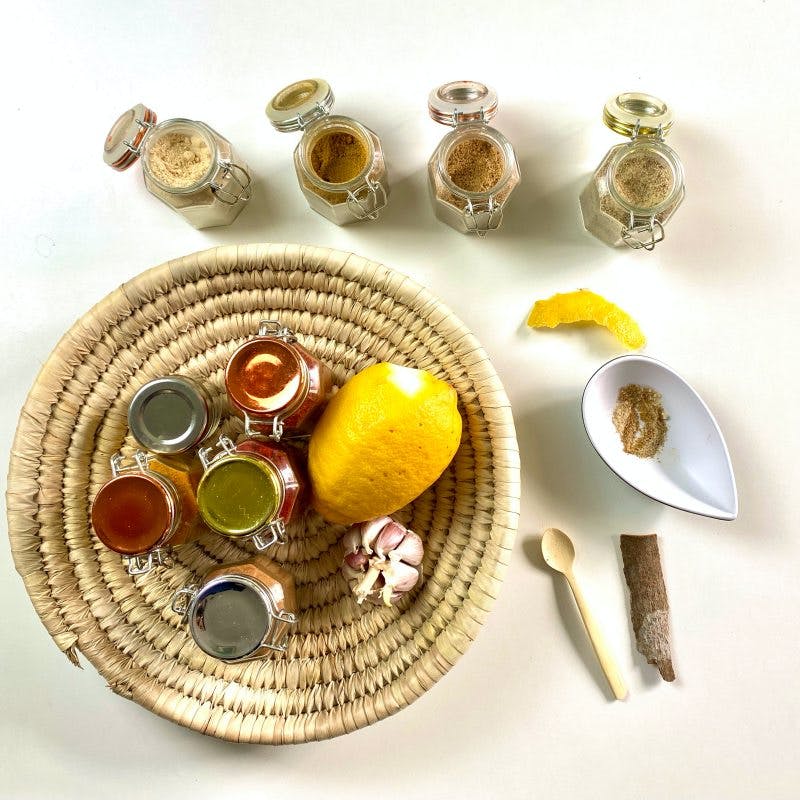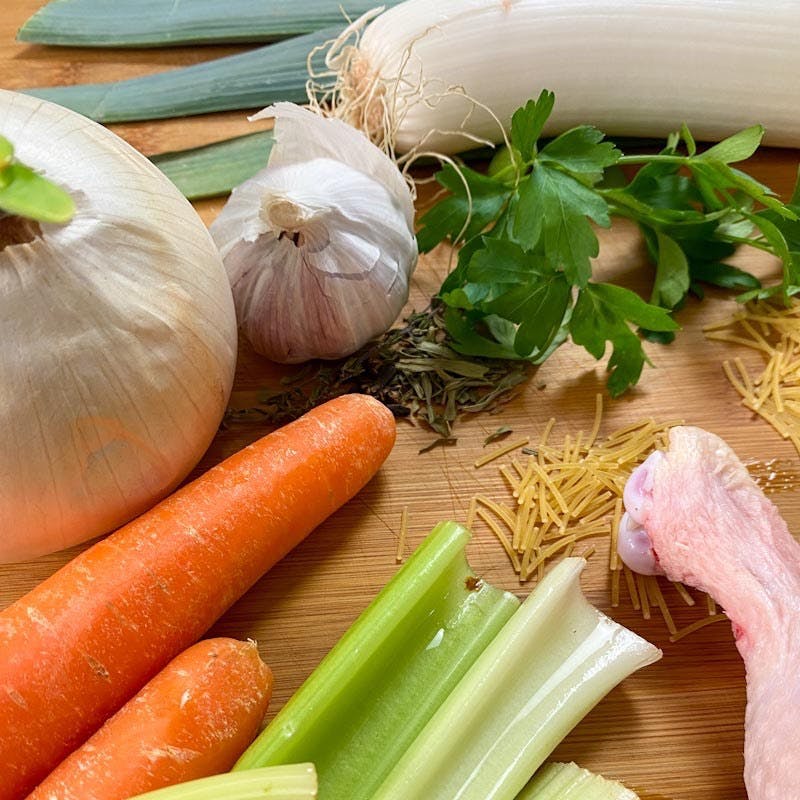The Mediterranean food; history and mix of cultures
This month we delve into the Mediterranean Sea to discover one of its most valuable treasures. Its culinary culture, a way of life created with many influences of the peoples and civilisations inhabited the Mediterranean basin over the years.
What is Mediterranean food?
Mediterranean food refers to the typical dishes and methods of preparation found in the Mediterranean area, including the territories whose waters flow into the Mediterranean Sea. Southern Europe, North Africa, and the westernmost part of Asia, also known as the Middle East or the Levant.
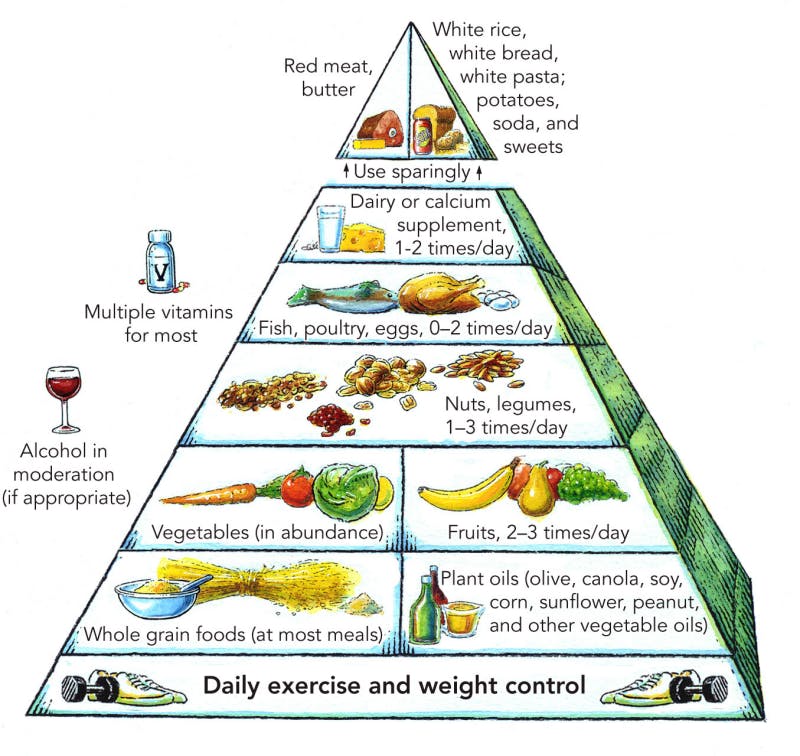
A wise combination of foods is more balanced, rich and complete because the products that compose it have valuable and recognised natural qualities for our health. This type of cooking is economical in resources and achieves nutritious and tasty dishes with few simple ingredients. But, without a doubt, its fundamental characteristic is the use of olive oil as the primary source of fat.
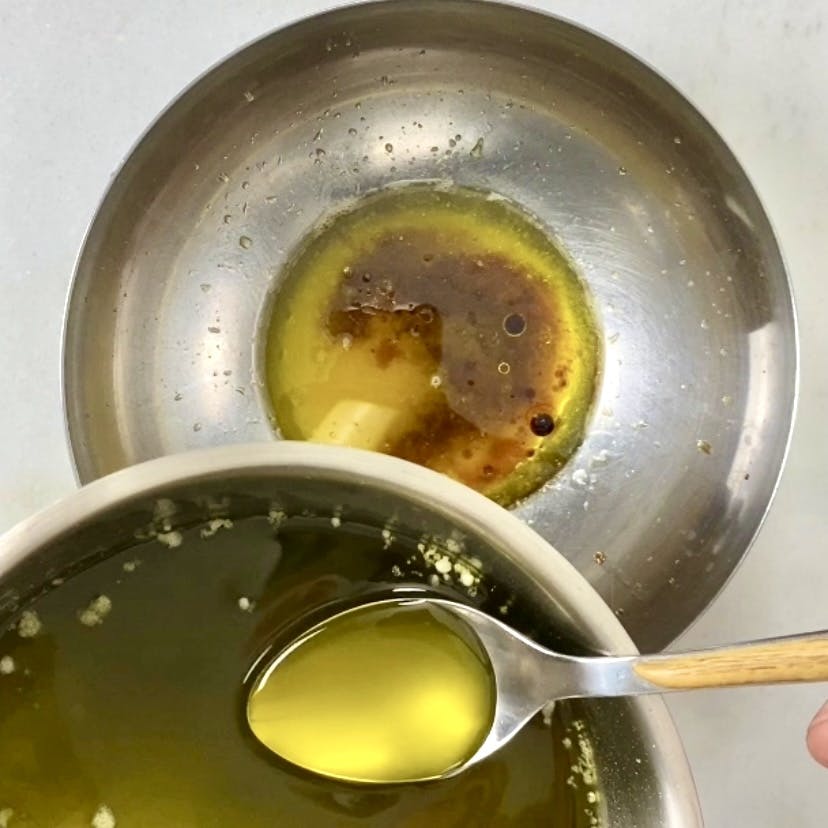
Cultural exchange
The etymology of this sea comes from the Latin "Mar Medi Terraneum", meaning "sea in the middle of the land".
Historically and culturally, the Mediterranean basin has been a place of birth and development of Western civilisation. From its origins in Mesopotamia, it has seen the growth and expansion of peoples such as Egypt, Israel, Phoenicia, Ancient Greece and the Roman Empire.
The spread of Western civilisation to northern and eastern Europe during the Middle Ages and the irruption of Islam into the Mediterranean area meant the break-up of the unity of the Mediterranean. Still, there continued commercial and cultural exchange between its shores despite political and religious differences.
Today, the Mediterranean culinary heritage is full of influences from other cuisines such as Greek, Italian, Jordanian, North African, Ottoman, French Provençal and Spanish.
Common Ingredients
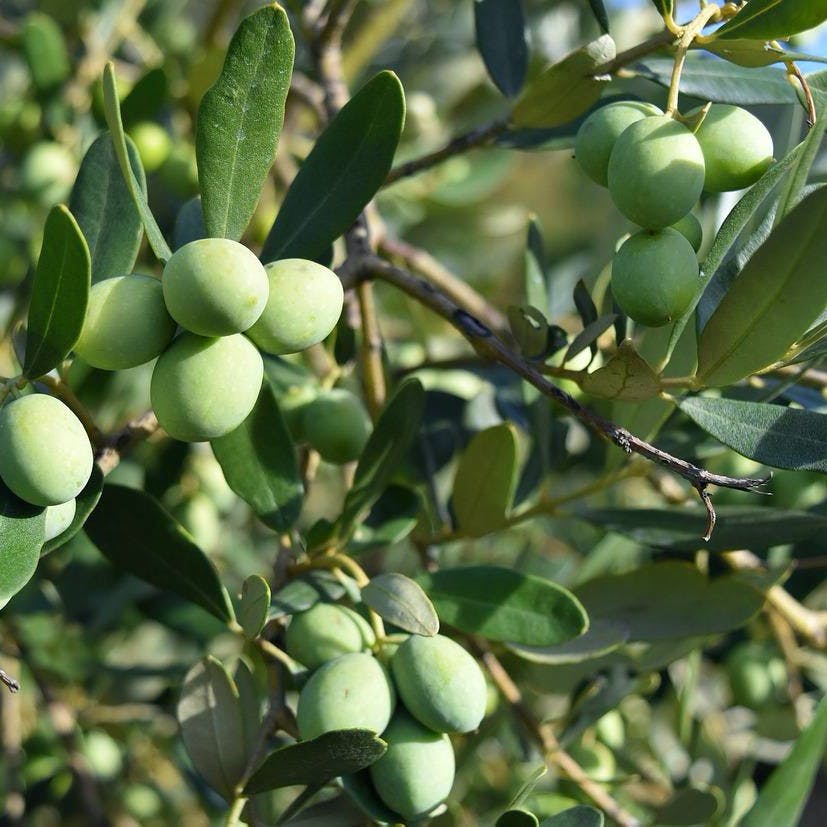
The historical factors shared by these regions are climate, economy, and a determining factor in this geographical area is the extent of olive tree cultivation. But the three primary and common ingredients are olive, wheat and grapes, which are used in the production of olive oil, bread, pasta and wine.
Other Mediterranean ingredients are Cereals such as rice or barley, vegetables such as artichokes, courgettes, fennel, aubergines or garlic, fruit such as figs, plums, oranges, lemon, or apricots and pulses such as chickpeas or lentils. Nuts such as almond, pinenuts or hazelnuts.
Aromatic herbs such as basil, rosemary, thyme, tarragon, lavender or oregano and a wide variety of spices such as cumin, saffron, anise, cardamom, cinnamon or peppercorn.
Fish and seafood are also one of the main ingredients in the Mediterranean tables; sea bass, sardines, cod, octopus, shrimp, mussels and squid are the most common. Poultry and other meats such as lamb, goat, beef and pork, and dairy products such as milk, yoghurt, cheese or butter are also used. We cannot forget ingredients from other cultures, which have acclimatised to the Mediterranean over the years and form part of our diet, such as tomatoes, avocados, corn or peppers, among many others.
I hope you have enjoyed this little journey through the Mediterranean Sea and its people. As you can see, our identity is nothing more than a mixture of all the people who, throughout history, have contributed to the Mediterranean culture.
Thank you for reading this article, and see you soon with a new Mediterranean recipe.
Have a tasty day!


